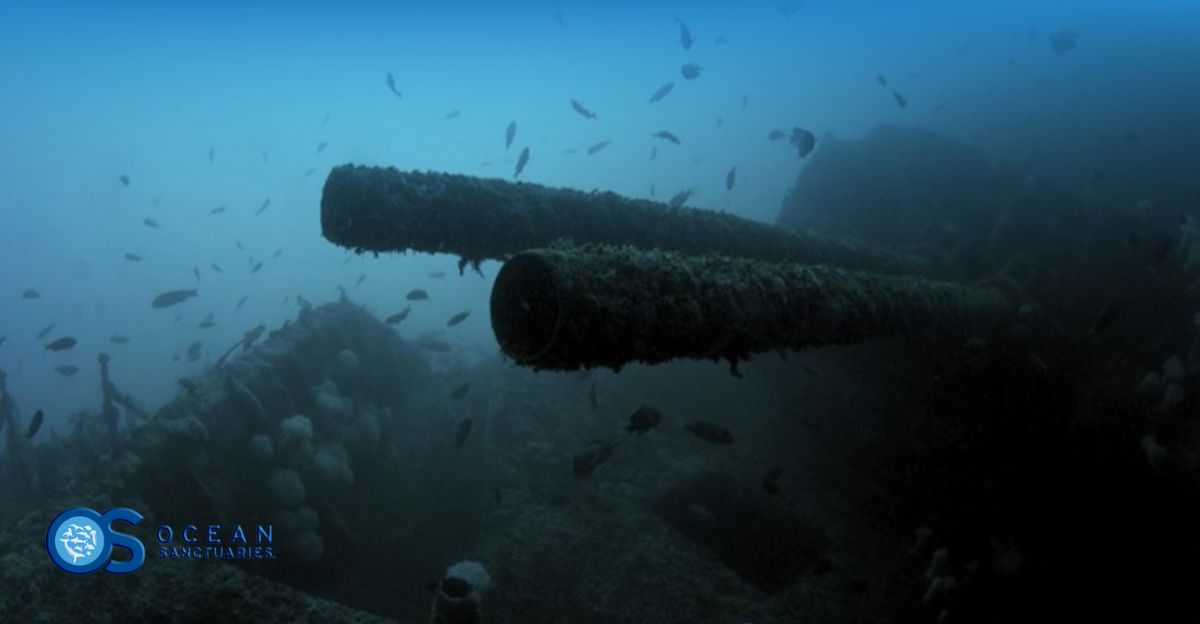🌊 Tide Pool Truths: What Everyday Explorers Are Teaching Us About Coastal Ecosystems
Citizen Scientists Are Turning Seaside Curiosity into Real Marine Conservation Data
San Diego, CA – April 9, 2025 – On any given weekend, you’ll find families, students, divers, and beachwalkers crouched over shimmering puddles at low tide—peering into the hidden worlds of sea stars, crabs, and anemones. But what may look like simple exploration is actually frontline marine research in action. Thanks to Ocean Sanctuaries’ Tide Pool Bioblitz initiative, everyday explorers are helping scientists understand the changing face of coastal ecosystems—one tide pool at a time. 🦀📸
Through the power of citizen science, these volunteers are collecting data on biodiversity, species behavior, and even climate-related changes in ocean chemistry. Using just a smartphone and some shoreline curiosity, participants are helping scientists answer vital questions about marine health, pollution, and habitat loss—all without needing a lab coat.
“Tide pools are nature’s crystal ball—they give us early warnings about what's happening in the ocean,” said an Ocean Sanctuaries spokesperson. “And it’s citizen scientists who are helping us read the signs.” 🔍🌿
🧭 Why Tide Pools Matter So Much
Tide pools, those shallow basins formed in coastal rocks during low tide, are biodiversity hotspots. From microscopic algae to octopuses and hermit crabs, these habitats are home to some of the most adaptable and fascinating species on the planet.
But they’re also incredibly sensitive. 📉 Rising ocean temperatures, acidification, and plastic pollution are beginning to alter the balance of life in these fragile zones.
Ocean Sanctuaries uses tide pool surveys as an early warning system—and everyday volunteers are the key to tracking how ecosystems respond to human impact. By documenting which species are present (or missing), observers help researchers identify patterns in real-time.
📲 How It Works: Turning Beachcombers Into Biodiversity Trackers
Participants join scheduled Tide Pool Bioblitz events or use Ocean Sanctuaries’ guide to conduct their own surveys. Here’s how citizen scientists are helping protect coastal ecosystems:
Explore the coastline at low tide with field guides and ID tools
Photograph tide pool organisms like sea stars, nudibranchs, chitons, and algae
Upload images to iNaturalist, tagging the species, location, and conditions
Compare findings across seasons and locations
Contribute to global marine databases used by researchers, educators, and conservationists
“I thought I was just showing my kids some cool sea creatures,” shared one participant, “but then I realized—we were actually helping scientists understand climate change. That was powerful.” 🧒📷🌊
🔬 What We’re Learning: Real Data, Real Change
Recent Tide Pool Bioblitz events in California and Baja have revealed fascinating trends:
🟦 Nudibranch diversity is increasing in cooler months, helping researchers understand species resilience.
🟦 Sea star populations are slowly recovering after past declines due to wasting disease.
🟦 Shell erosion in mollusks is providing early indicators of ocean acidification.
🟦 Microplastics are being found in over 60% of samples collected in high-traffic beach zones.
Each uploaded observation becomes a data point that helps conservationists track the effects of climate change, human activity, and pollution in some of the ocean’s most vulnerable ecosystems.
🧠 It’s Not Just Science—It’s Community Education
Ocean Sanctuaries also partners with schools, marine clubs, and eco-tourism groups to deliver tide pool education workshops, blending environmental science with hands-on exploration.
Students not only learn about intertidal biodiversity, but also practice real scientific methods, from hypothesis testing to digital data analysis. 👩🏫🔬
“We’re raising the next generation of marine stewards,” said a program educator. “Once a student logs their first sea star or crab into the database, they become lifelong advocates for the ocean.” 🐚💙
🌍 Get Involved in the Next Tide Pool Bioblitz
Whether you live near the coast or plan to visit, you can be part of the growing network of citizen scientists documenting life along the shore.
Here’s how to join the movement:
📅 Sign up for an upcoming Tide Pool Bioblitz event
📱 Download the iNaturalist app and search "Ocean Sanctuaries Tide Pool Project"
📚 Use our species guide to identify and photograph marine life
💬 Share your findings with our community of scientists and nature lovers
🎓 Bring a friend, class, or club—and make it a shared discovery
Every observation you submit adds to the world’s understanding of ocean health and protects the future of coastal ecosystems.
About Ocean Sanctuaries
Ocean Sanctuaries is a nonprofit dedicated to empowering citizen scientists to protect the oceans. Through community-based projects, data collection initiatives, and hands-on education, Ocean Sanctuaries is building a global network of individuals working to ensure our seas remain vibrant for generations to come.
Media Contact
Barbara Lloyd
Phone: +1.858.633.7305
Email: [email protected]
Website: www.oceansanctuaries.org
